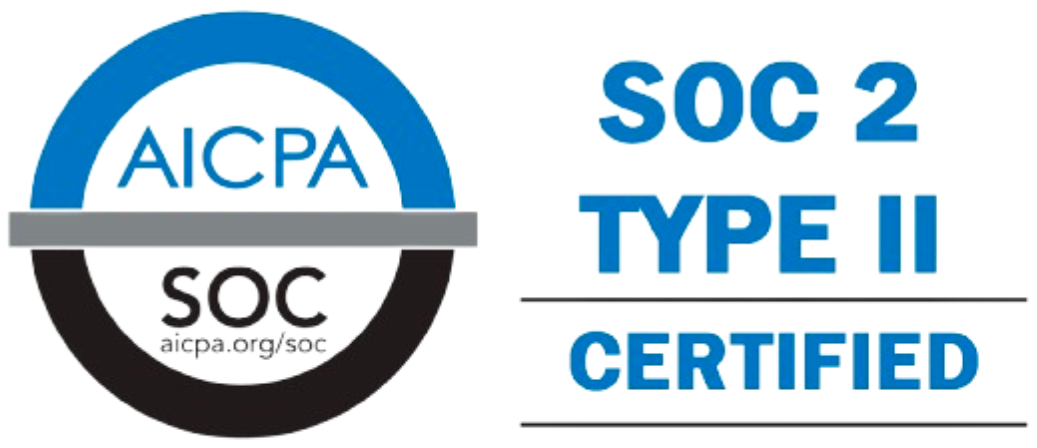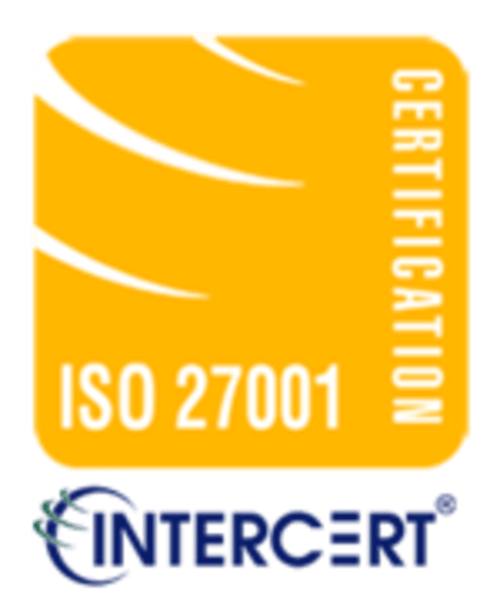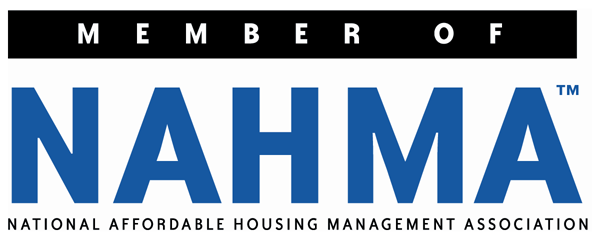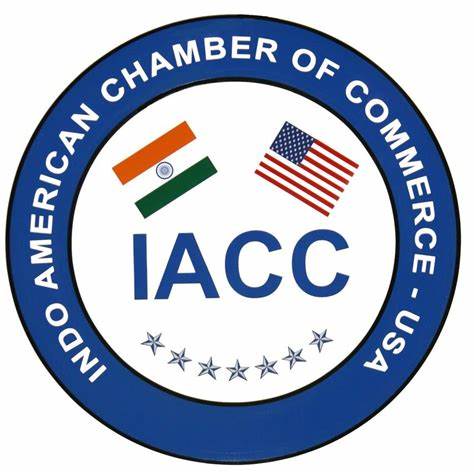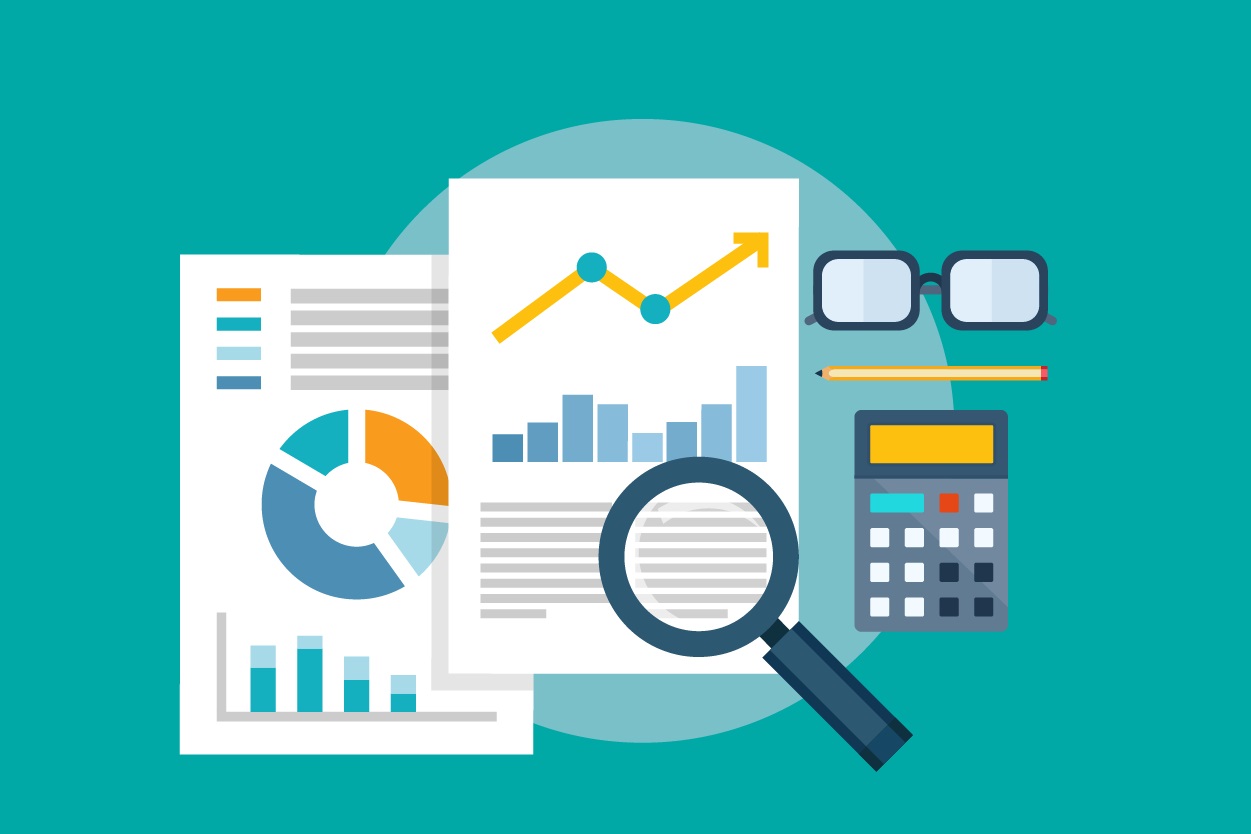
Top Strategies for Managing Your Accounts Receivable Aging Report
- February 6, 2023
- OHI

An essential financial tool that helps accountants and business owners evaluate their organization’s finances is the accounts receivable aging report. It divides outstanding bills into age-based categories to provide a clearer picture of the company’s cash flow and detect any possible payment collection issues.
The report can assist businesses in determining which customers need to be followed up with and which are in danger of not paying their invoices on time by categorizing unpaid debts into different age ranges.
The aging report method aids management in assessing how well their credit and collection operations are working and whether they need to make any policy changes to lower credit risk.
Therefore, managing accounts receivable aging reports effectively ensures the business’s financial stability and minimizes the risk of bad debt.
Keeping the aging report up to date offers management real-time insights into the health of the company’s finances, which is one of the main advantages.
For instance, if the report reveals a lot of older accounts receivable, it indicates the company’s collection procedures may need improvement. However, a low percentage of older accounts receivable shows that the company’s collection strategies are effective.
The report can also assist companies in making wise choices regarding credit extensions to clients. If the report reveals that some customers are slow payers, it may be a sign that they are becoming a credit risk.
Management can adjust their credit policies accordingly, such as by tightening credit terms or offering early payment incentives to prompt customers to pay on time.
Lastly, the accounts receivable aging report can help businesses estimate potential bad debts by providing a breakdown of the age of outstanding invoices.
By applying a percentage allowance for bad debts to the aging report, management can estimate their lousy debt expenses more accurately. You must learn how to analyze your accounts receivable aging report.
Suppose a business has an accounts receivable aging report that shows $150,000 in outstanding invoices, of which $100,000 is in the 0-30 days category, and $50,000 is in the 31-60 days category.
If the business has set a 2% bad debts allowance for the 0-30 days category and a 5% bad debts allowance for the 31-60 days category, the calculation for the allowance for bad debts would be:
Allowance for Bad Debts = ($100,000 x 2%) + ($50,000 x 5%)
Allowance for Bad Debts = $2,000 + $2,500
Allowance for Bad Debts = $4,500
Thus, keeping the accounts receivable reports up to date provides businesses with a comprehensive view of their financial standing and helps them manage their cash flow more effectively.
For businesses, managing an accounts receivable aging report can create several difficulties. The correctness of the report is one of the most frequent problems because it might not always accurately represent the state of the company’s receivables.
Another area for improvement is consistent data entry, which could result in inaccurate information being included in the aging report.
This could happen if sales personnel don’t have the information they need from the customer, which causes billing problems, or if the accounting team forgets to update the aging report on time. These mistakes might affect the company’s cash flow and lead to further delays in consumer payments.
Furthermore, companies could encounter difficulties in reconciling payments made by customers. Customers may occasionally make partial payments, which might cause confusion and errors in the aging report. It may lead to misunderstandings and conflicts between the company and its clients.
Firms must recognize these issues and take appropriate action to keep their aging report accurate and current. By addressing them, businesses can increase their cash flow and maintain proper financial operations. It also enables management to make decisions that improve the company’s overall financial health based on accurate data.
Managing your accounts receivable aging report is critical to your business’s success. Here are some aging report best practices to help you improve your accounts receivable management:
Electronic invoicing systems allow you to automate your record-keeping and decrease the chances of human error.
You can integrate your billing and payments and set up customized, systematic follow-ups for late payments. This will increase the likelihood of receiving timely payments.
To maintain consistency across your business, it’s crucial to document your billing process. It should include billing periods, invoicing dates, information to include on each invoice, record-keeping procedures, periodic accounts receivable process assessment, follow-up, and collections procedures for overdue payments.
Setting clear credit policies ahead of time is essential to avoid bad credit. Clear accounts receivable collection policies ensure you can proactively address overdue accounts and streamline your workflow.
By implementing procedures that focus on proactivity, you can avoid the need to chase late payments and instead send multiple payment reminders before the due date.
Be proactive about money collection from customers. Establish a procedure whereby you get in touch with a client the moment a payment is past the due date and inform them of their payment conditions and any outstanding balances.
Make sure to spell out exactly how they can make a payment in your outline.
Automating your accounts receivable communications with clients can save you time and add consistency to your process.
An account receivable management software can handle tedious tasks like preparing emails (reminders, follow-ups), pulling out invoices, and automating anything repetitive, time-consuming, and low value-added.
This lets your finance team focus on tailoring customer communications with the right tone and sending invoices and reminders at the right time.
By implementing these strategies, you can learn how to stay on top of accounts receivable.
The accounts receivable aging report gives a quick overview of a company’s unpaid accounts receivable, along with each invoice’s due dates and ages. It enables companies to recognize collection issues, evaluate credit risks, and predict possible bad debts precisely.
Thus, the report is essential for overseeing a company’s finances and maintaining its long-term viability. Businesses can spot any potential cash flow concerns and take proactive measures to fix them before they become severe problems by routinely checking this report.
This article has shared tips for managing accounts receivable aging reports. Effective accounts receivable management can help businesses build better relationships with their customers.
Clear communication and transparency about billing procedures and payment expectations can help prevent misunderstandings and disputes, leading to happier and more satisfied customers.
Businesses prioritizing effective accounts receivable management are better positioned to maintain healthy cash flow, build positive customer relationships, and improve their financial health.
By exploring and implementing ways to improve your accounts receivable aging report, you can create a streamlined, efficient billing and payment collection process that benefits everyone involved.
OHI is a specialized finance and accounting outsourcing service provider with over sixteen years of finance and accounting outsourcing experience. We have strong functional outsourcing expertise in end to end accounting processes covering daily accounting activities, reconciliations, month end and year-end account finalization processes, employee reimbursements, payroll processing, management reporting and financial analysis.
OHI serves close to 300+ clients across USA, UK and Canada. We invite you to experience finance and accounting outsourcing through us.
Learn More About Our Accounting Outsourcing Services – CONTACT US
Contact us for a customized NO OBLIGATION proposal for outsourcing your accounting activities.
